Latest

Cracking quantum hacking with flawed crystals
Scientists are using crystal imperfections to generate secure encryption, paving the way for quantum-resilient data protection.
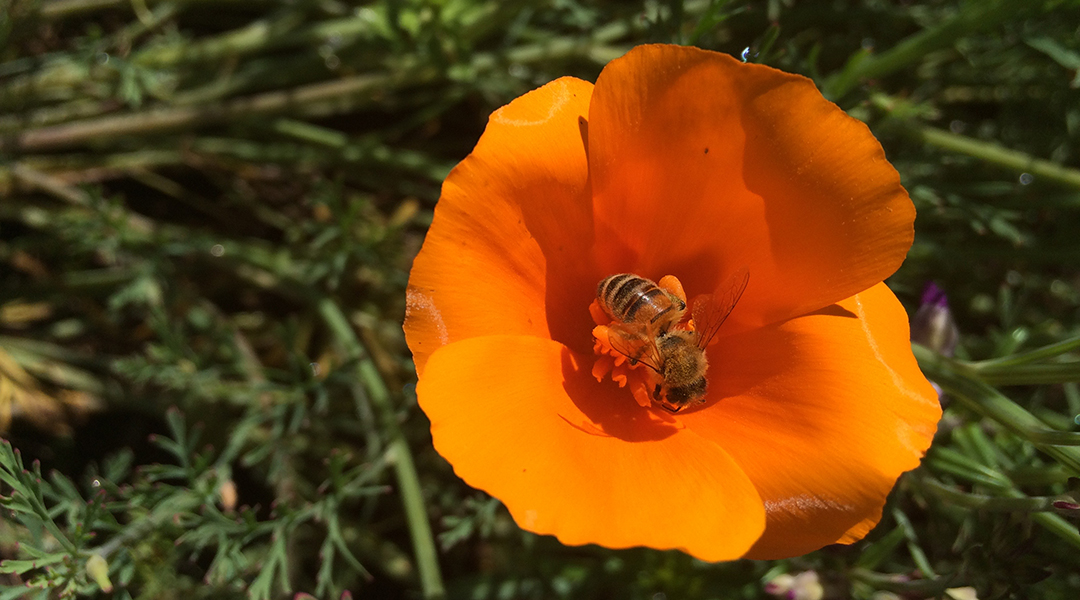
Honey bees boost crop pollination, but at a cost to wild bees
Honey bees compete with wild bees for resources in croplands, but nutritious wildflower plantings can mitigate these effects.
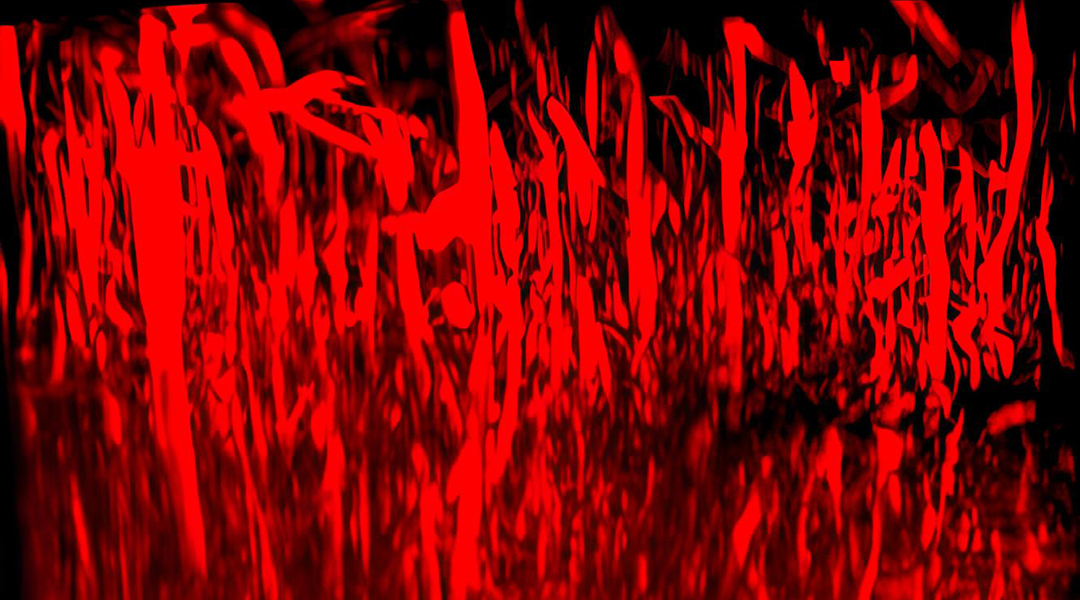
Injectable hydrogel helps regrow blood vessels after a stroke
A hydrogel delivers therapeutic molecules to the brain after a stroke, promoting blood vessel regrowth and aiding recovery.

Metasurfaces could shrink spectrometers, transforming how we observe the Universe
Metasurfaces to detect terahertz radiation are making spectrometers smaller, lighter, and more efficient for space travel.
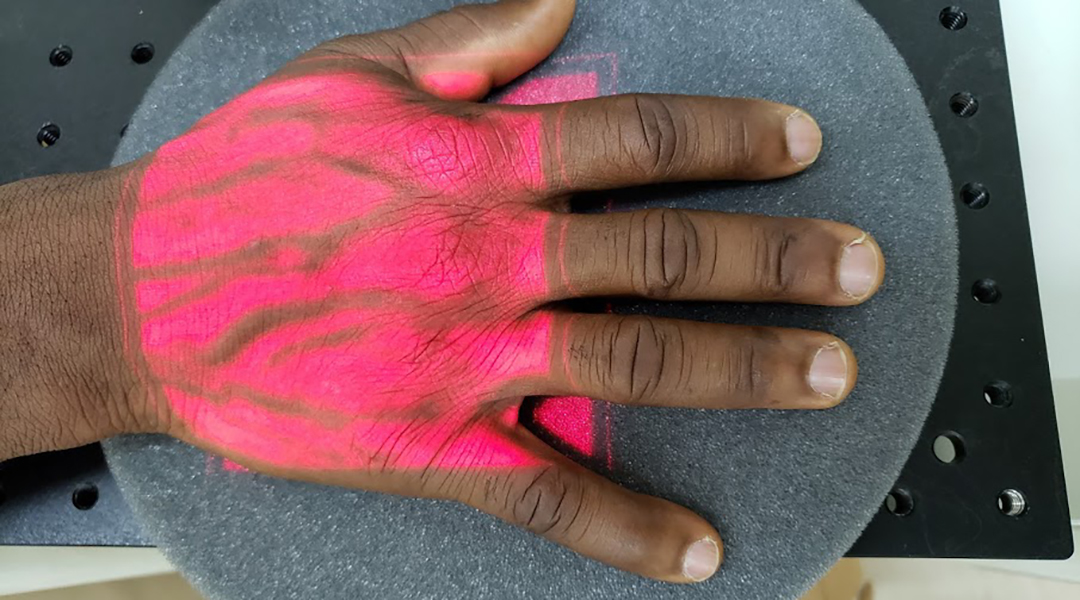
New malaria test “listens” to cells to make diagnosis
A non-invasive test uses a combination of lasers and ultrasound to detect red blood cells infected with malaria parasites with acoustics.
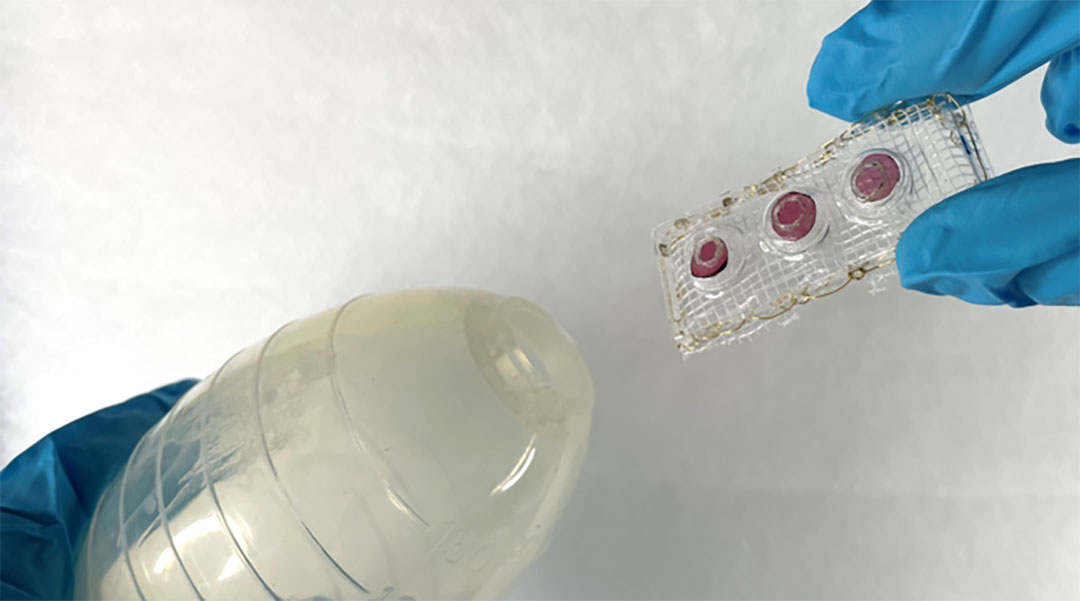
A simple test detects post-surgery abdominal leaks
Enzymes embedded into a plastic strip enable the rapid, naked eye-detection of incompletely healed tissue following abdominal surgery.
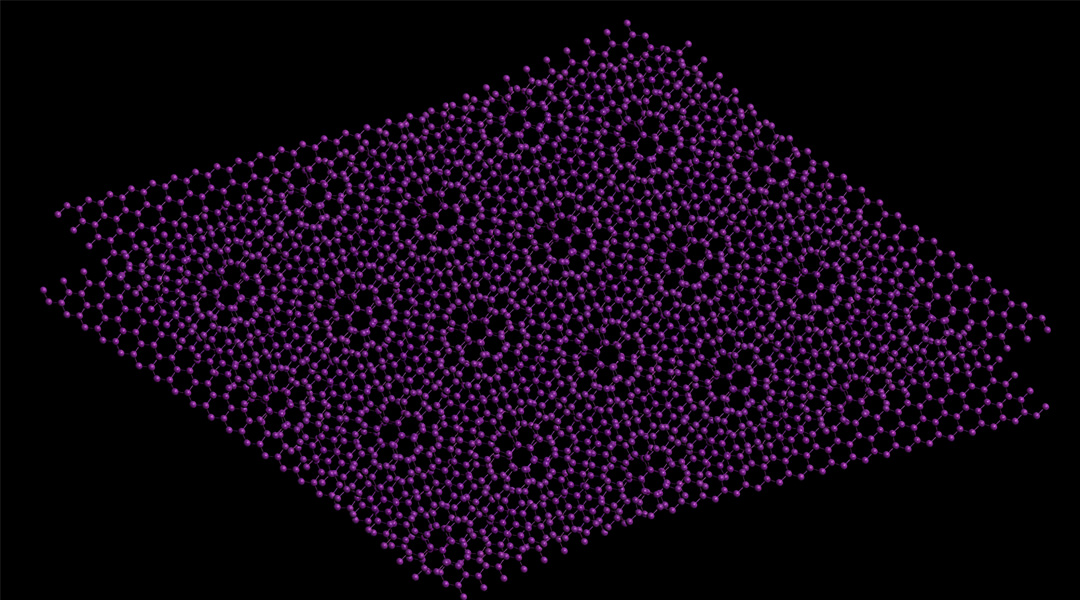
Could twisted bismuth pave the way to a practical superconductor?
“Magic angles” in twisted bismuth bilayers could induce superconductivity at more reasonable temperatures.
ASN Weekly
Sign up for our weekly newsletter and receive the latest science news directly to your inbox.

Blue-green algae bind rare earth elements
Biosorption could help in the recycling and reuse of rare earth elements.

Pathogen detection with nanotechnology
Researchers turn to nanotechnology to boost the detection of pathogens, including SARS-CoV-2.

Detecting black hole radiation with future telescopes
Finding the Universe’s first black holes with the help of Hawking radiation.
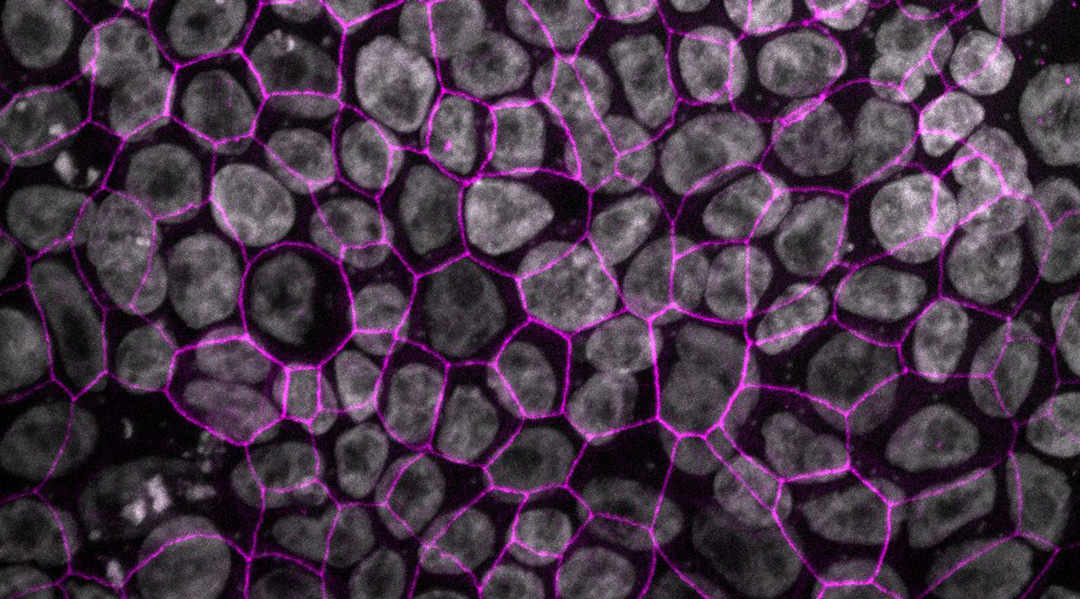
Novel lung model to test drugs and understand infections
New lung model raises hopes for more realistic modeling of new drugs and therapies.
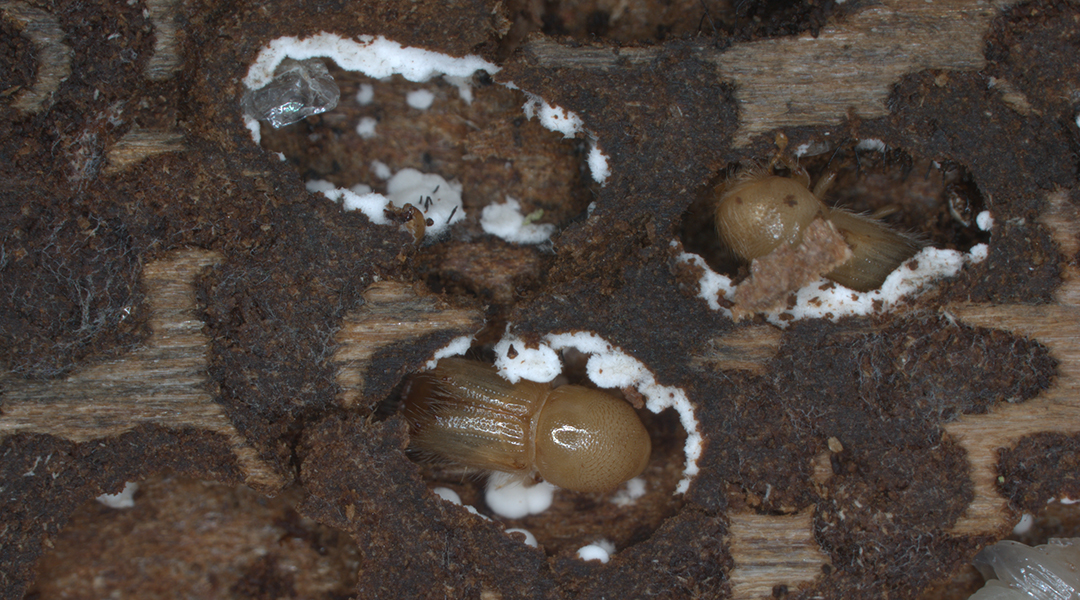
Bark beetles and fungi: A lethal chemical alliance
New study clarifies symbiotic link between bark beetles and fungi in the destruction of coniferous forests.
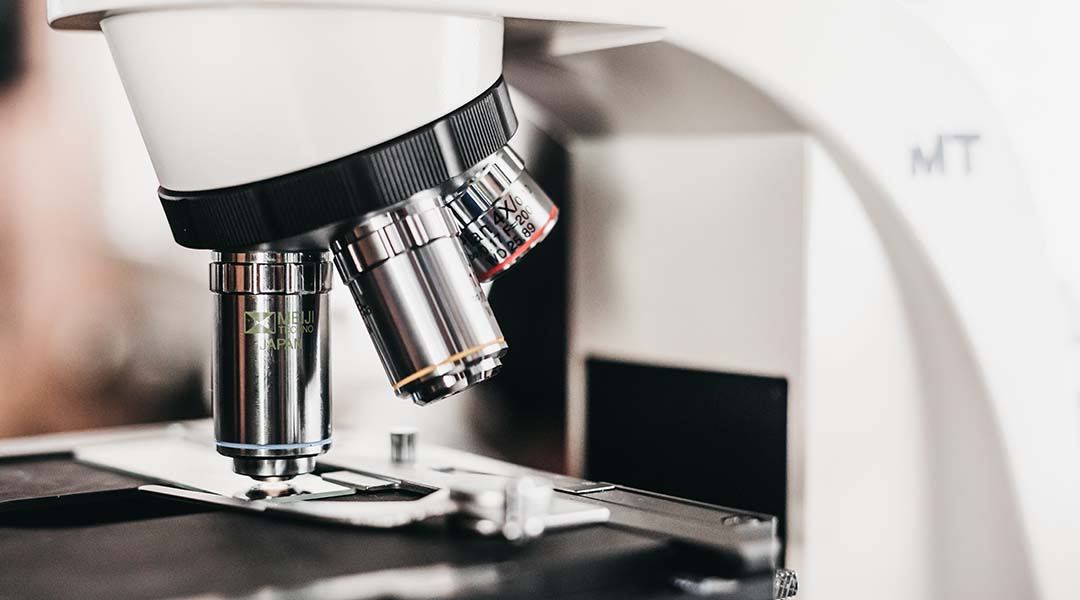
A simple tweak supercharges microscopes and allows pathogen observation
A modification to conventional microscopes pushes the limits of their resolution and enables high-precision observation of difficult-to-observe pathogens.
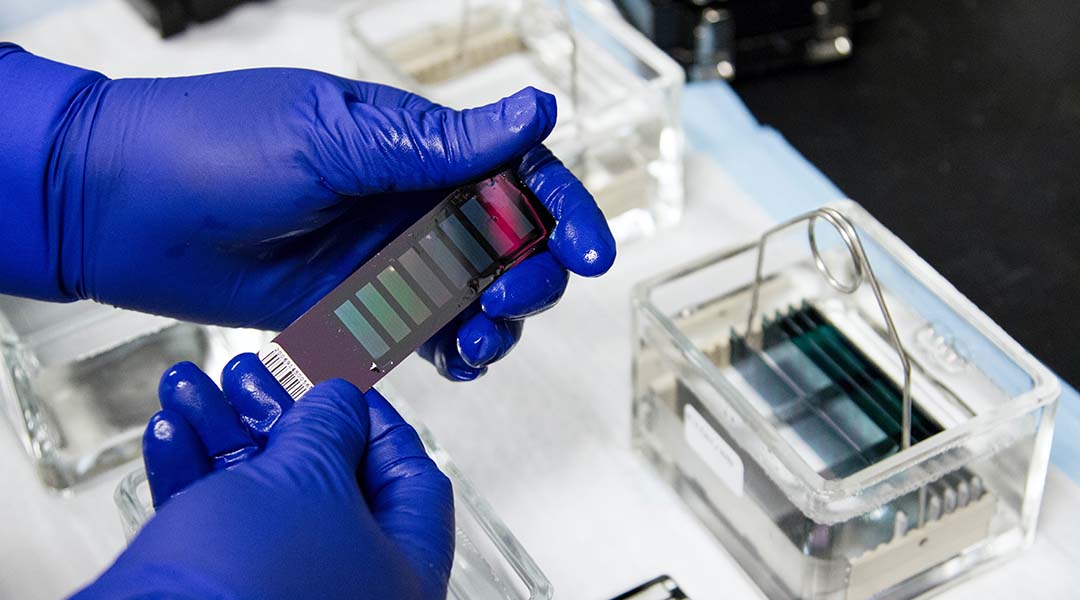
How CRISPR and chemotherapy are joining forces to combat tumors
A new approach to cancer treatment combines gene editing with a known chemotherapy drug, harnessing the benefits of both for better outcomes.

Turning plastic waste into low-cost hydrogen fuels
A flash heating technique breaks down plastic waste and converts it to pure hydrogen and graphene with significantly less emissions and at a low cost.

Subaru Telescope shatters limit, observes supermassive black holes in the early Universe
Scientists have only observed supermassive black holes one billion years after the Big Bang, but astrophysicists have now breached this barrier.
No Results Found
The page you requested could not be found. Try refining your search, or use the navigation above to locate the post.
No Results Found
The page you requested could not be found. Try refining your search, or use the navigation above to locate the post.
No Results Found
The page you requested could not be found. Try refining your search, or use the navigation above to locate the post.
No Results Found
The page you requested could not be found. Try refining your search, or use the navigation above to locate the post.
No Results Found
The page you requested could not be found. Try refining your search, or use the navigation above to locate the post.

Nanomotors may help arthritis medications get to joints
Injected arthritic drugs often get stuck in the sticky synovial fluid found between the joints, but tiny nanomotors may help liberate them.
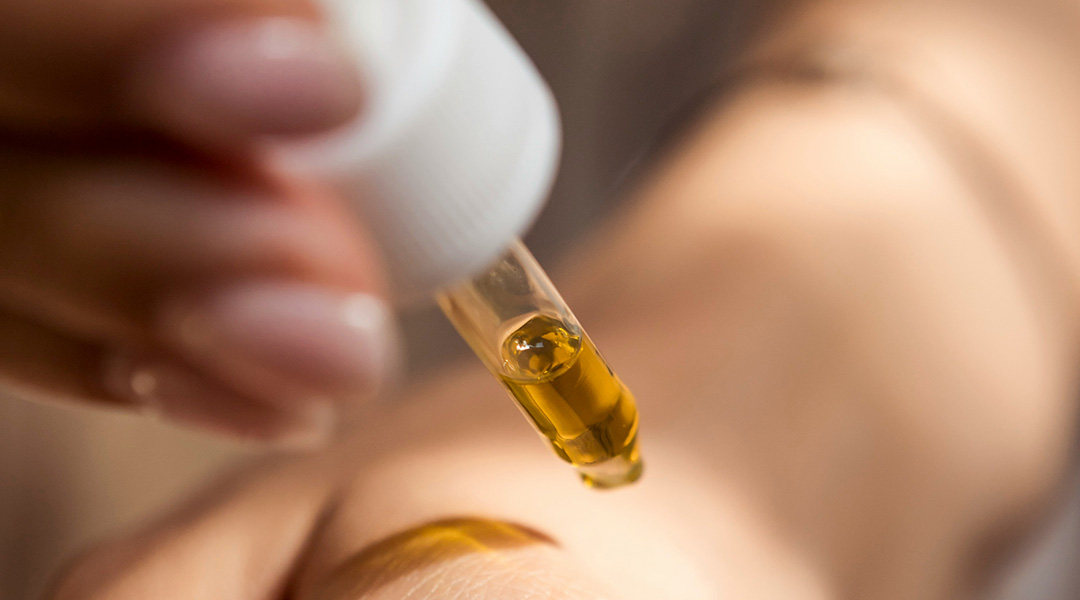
New anti-aging ingredient pulled from medicinal herb
An active compound extracted from Angelica Acutiloba effectively eliminates harmful senescent cells in the dermis, with anti-aging benefits.
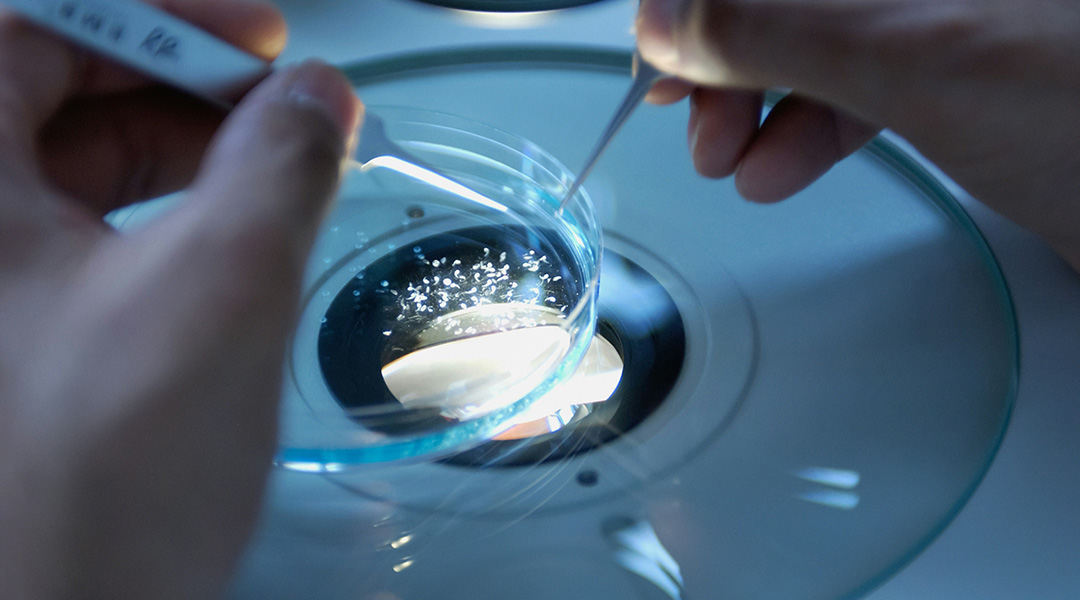
Breakthrough in bacterial identification allows scientists to ID 35 new strains
The new protocol identified microbes that standard techniques alone couldn’t, uncovering previously unknown bacterial strains in the process.
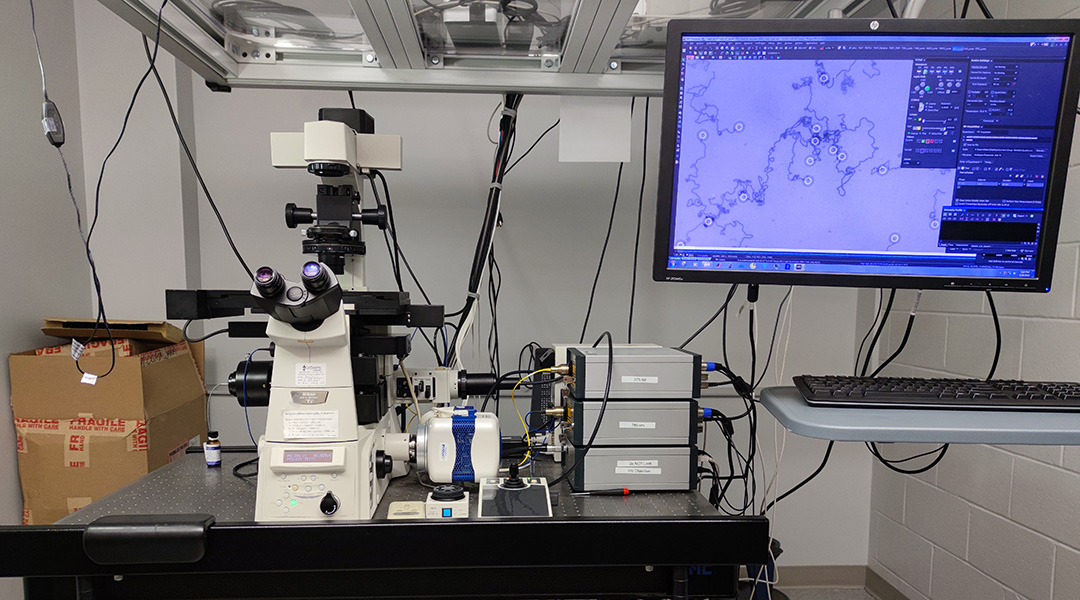
Scientists harness DNA nanomotors to build better viral tests
Scientists achieve threefold speed boost for DNA nanomotors and applied them to breakthrough virus detection for SARS-CoV-2 and RSV tests.

New AI-powered device monitors breathing to combat sleep apnea
Sleep apnea patients may soon sleep easier thanks to a comfortable, remote wearable device that tracks breathing patterns with the help of AI.

Self-powered nanosensor to transform vehicle safety
Drawing power from the electrical fields of nearby objects, this nanosensor enhances vehicle safety and slashes energy consumption.
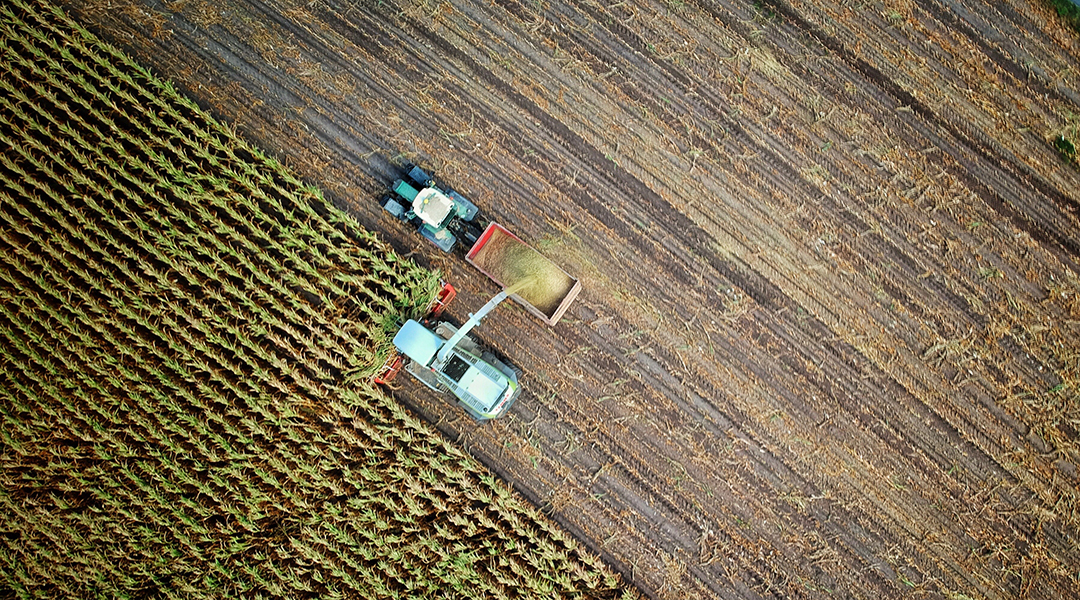
How Internet of Things could help stave off a food crisis
With innovations in biosensors, Internet of Things, and machine learning, a collective effort could offer a way to overcome an impending shortage.
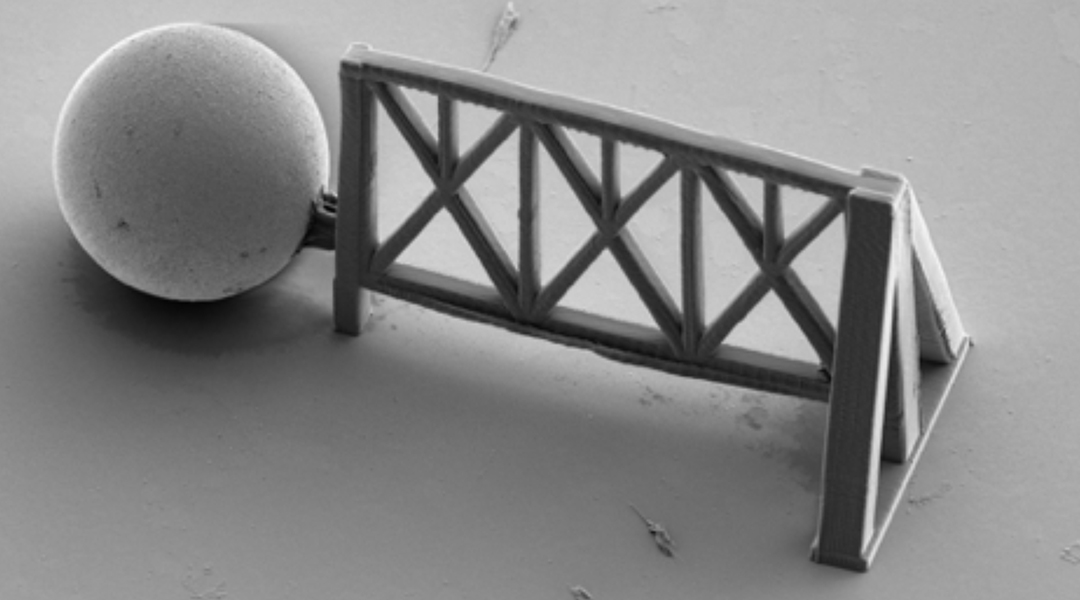
3D printing mimics human tissue for breakthrough discoveries
Scientists employ cutting-edge 3D printing to recreate human-like tissue, promising a breakthrough in cellular research and potential insights into aging and disease.
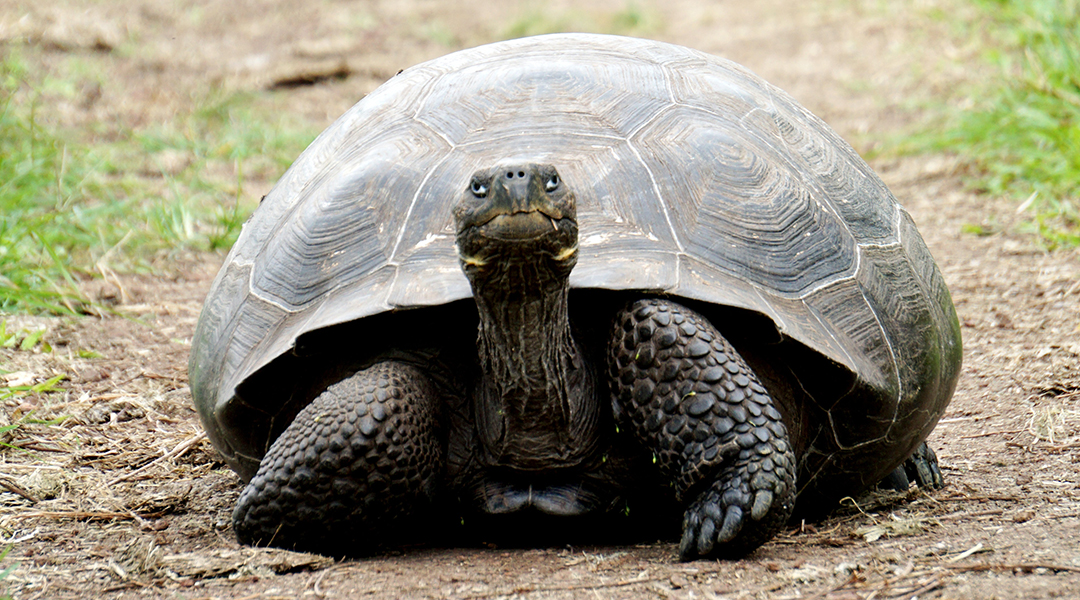
Galapagos tortoises are being threatened by a lack of males
Galapagos tortoises display temperature-dependent sex determination, which may negatively skew population demographics under climate change.
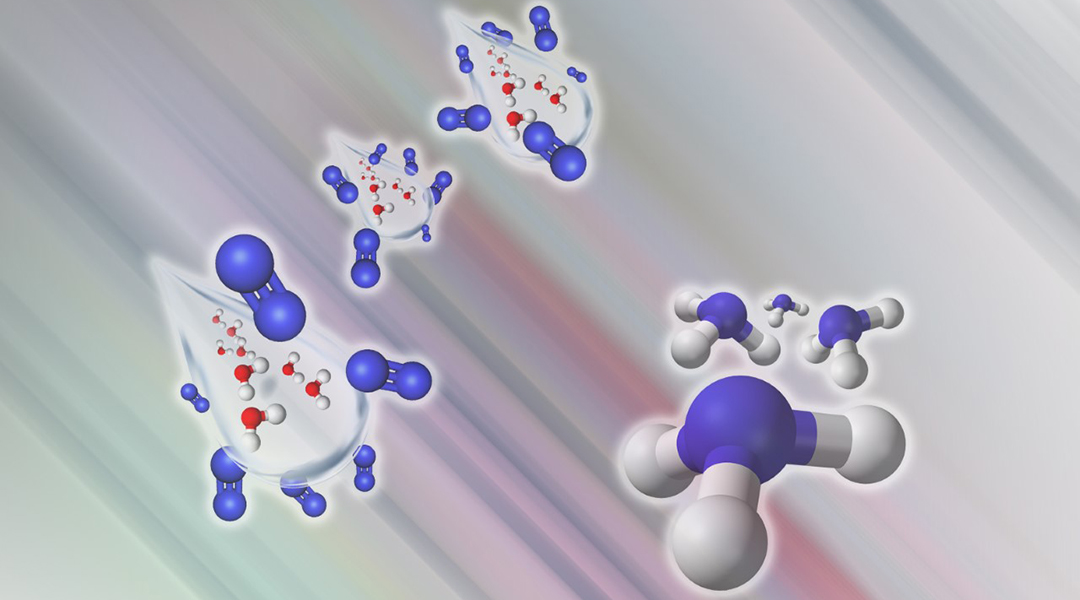
Making ammonia from thin air
A one-step synthesis of ammonia without thermal, electrical, or solar input could help replace energy-intensive Haber Bosch.
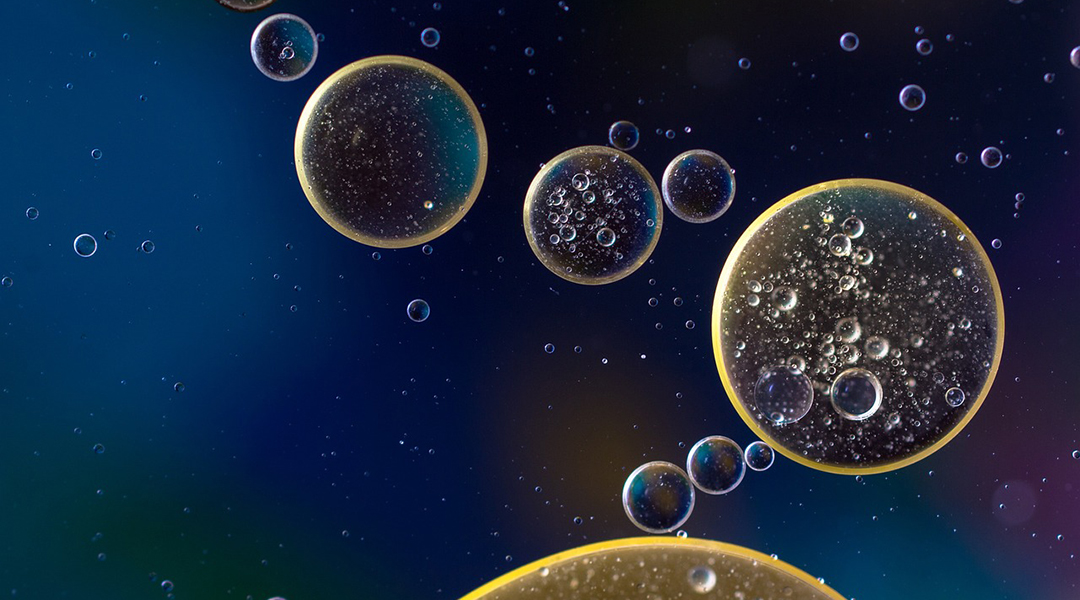
New tech captures carbon dioxide and produces green hydrogen from seawater
A clever ocean-based device pulls and permanently sequesters carbon dioxide from the atmosphere, generating green hydrogen in the process.
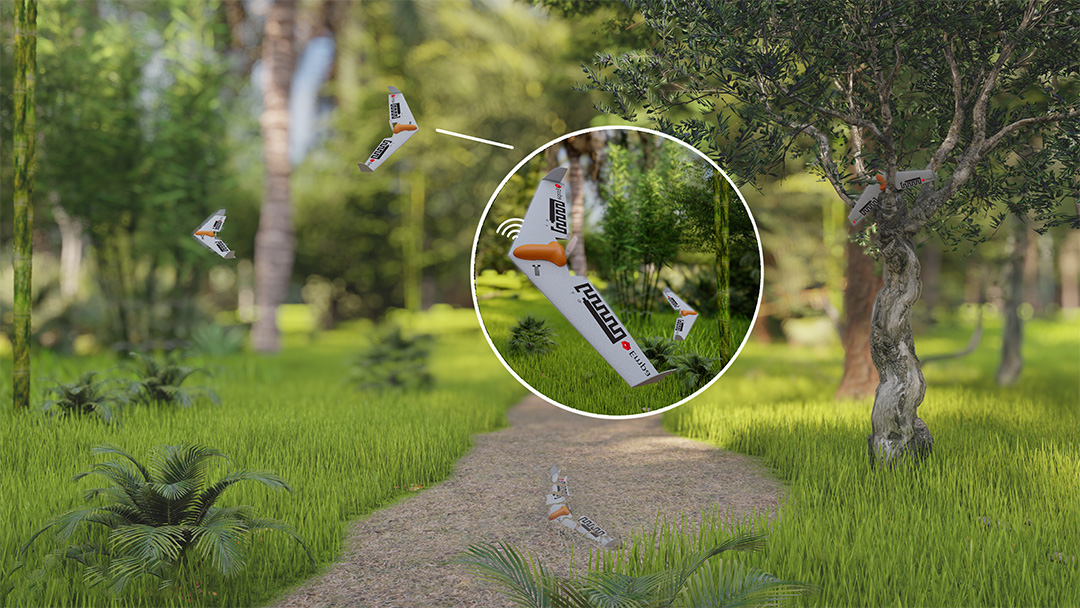
A biodegradable drone for environmental monitoring
The forest floor should be able to make a meal out of this new drone made of almost completely from biodegradable parts.

Using machine learning to tame plasma in fusion reactors
For fusion reactions to become practical, parameters such as plasma density and shape must be monitored in real time and impending disruptions responded to instantly.
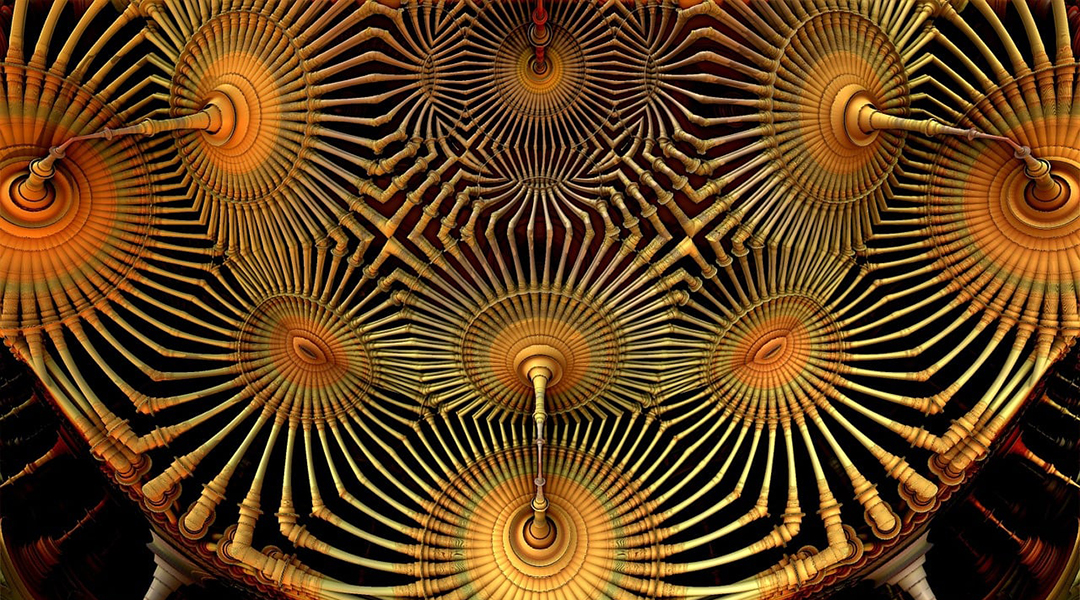
New superconductor could lead to quantum computing breakthrough
A new type of superconductor may just be what physicists have been searching for over the past 40 years.

Unbreakable communications using the power of quantum cryptography
Quantum key distribution is the only way to ensure an absolutely secured connection protected by the laws of quantum physics.

Pulsars and giant black holes open new doors in cosmic archaeology
A 15-year study using observed radio signals from the 67 pulsars has concluded that the entire cosmos is filled with undulating gravitational waves.



